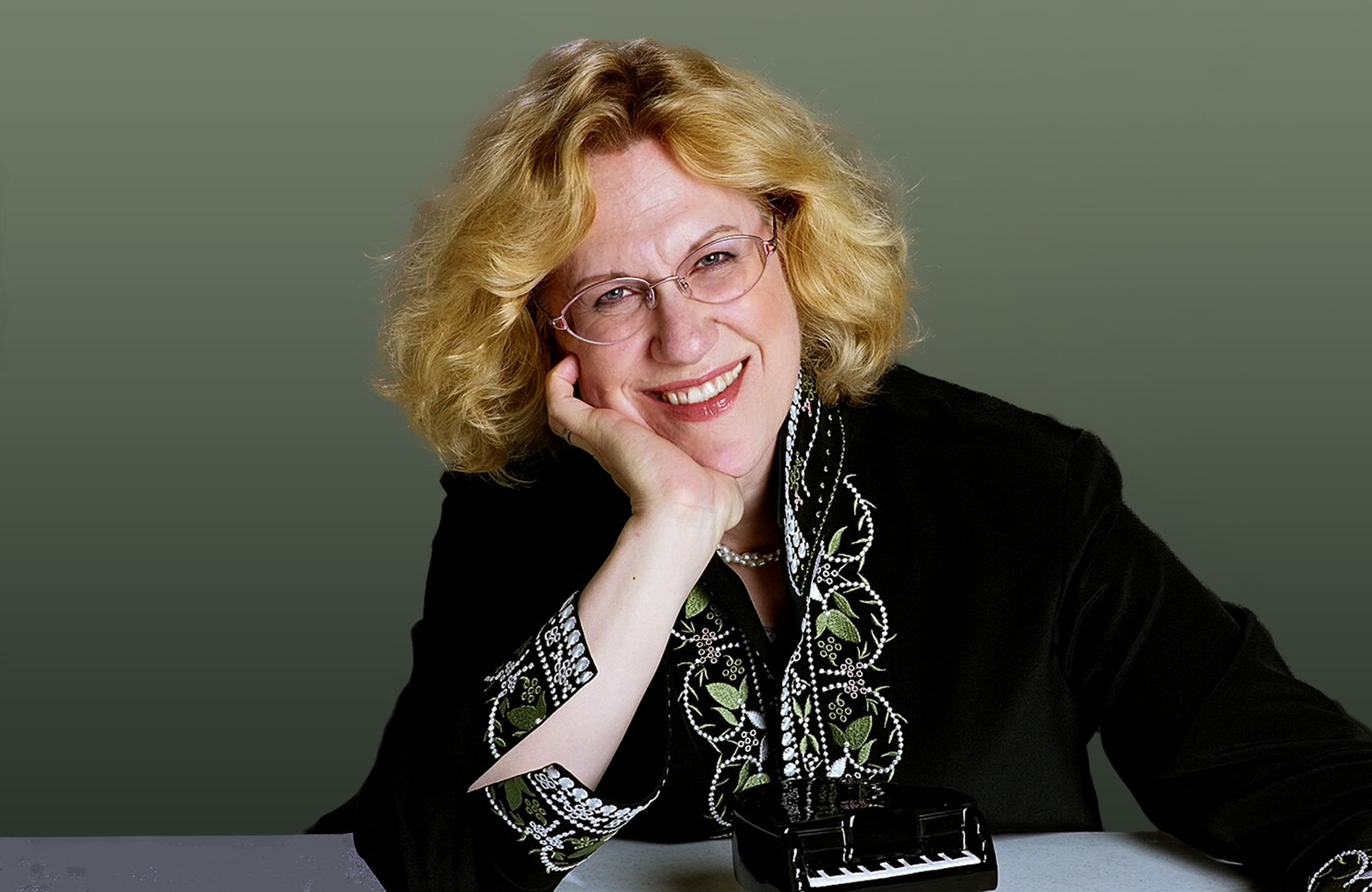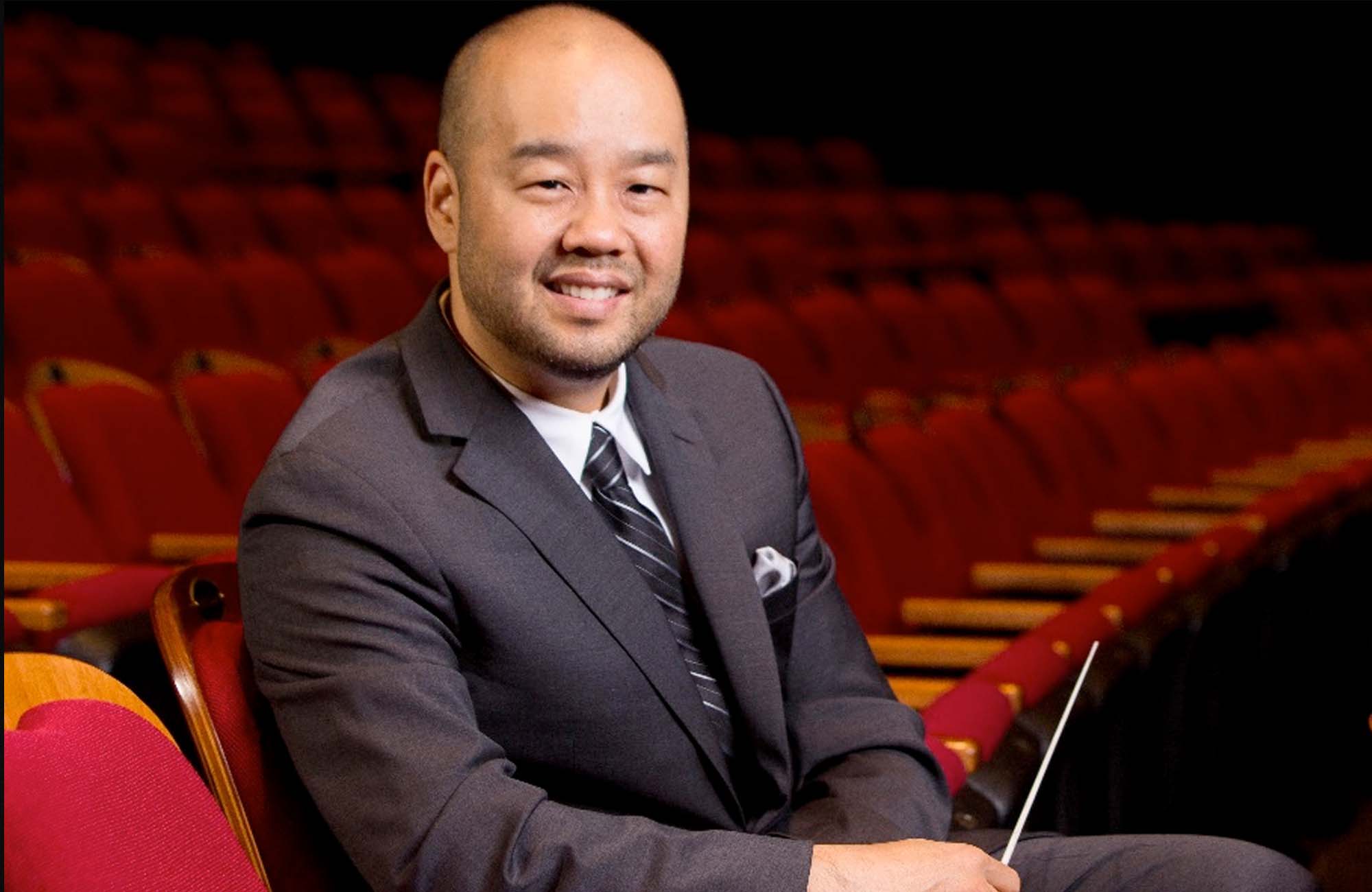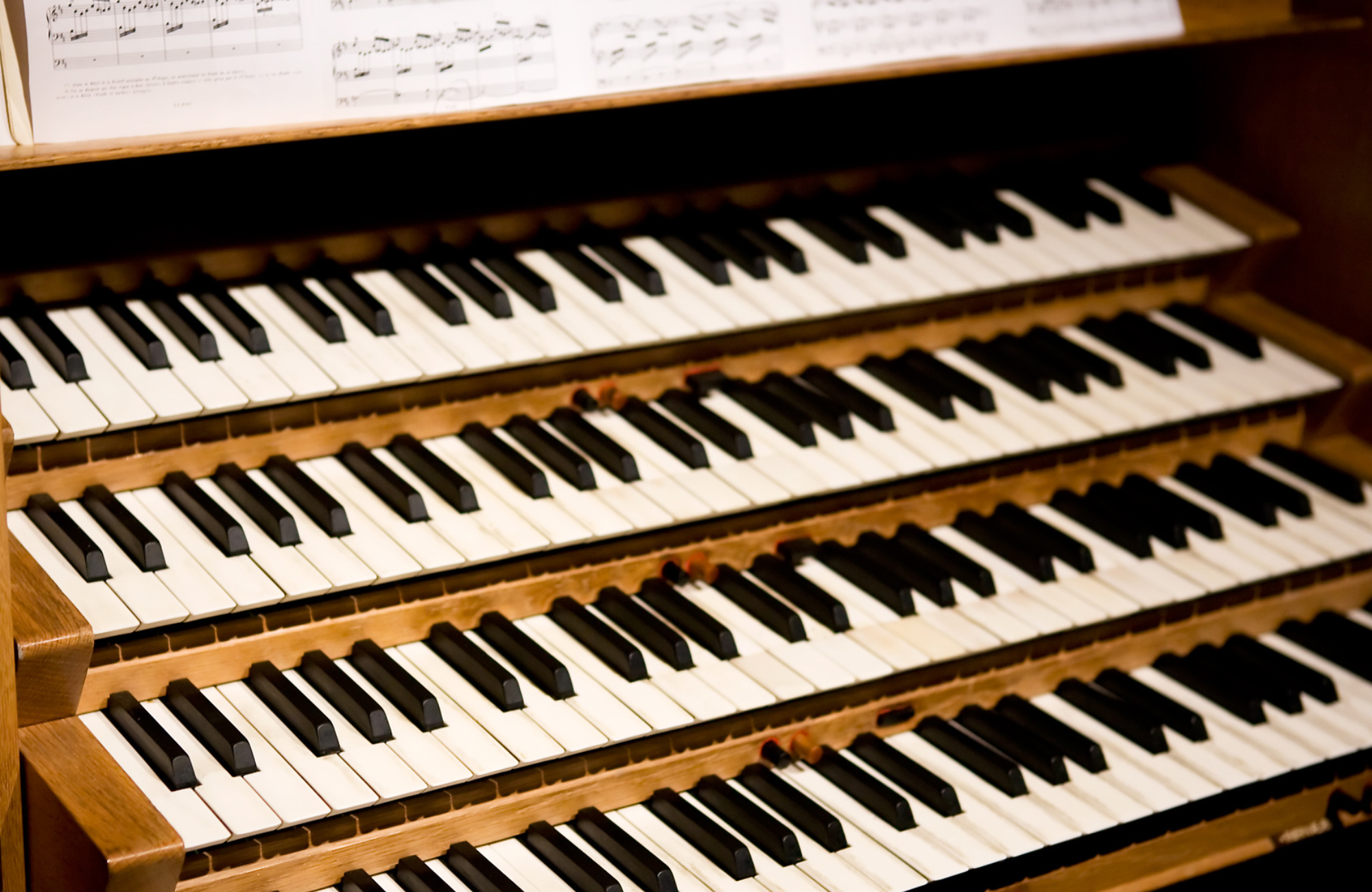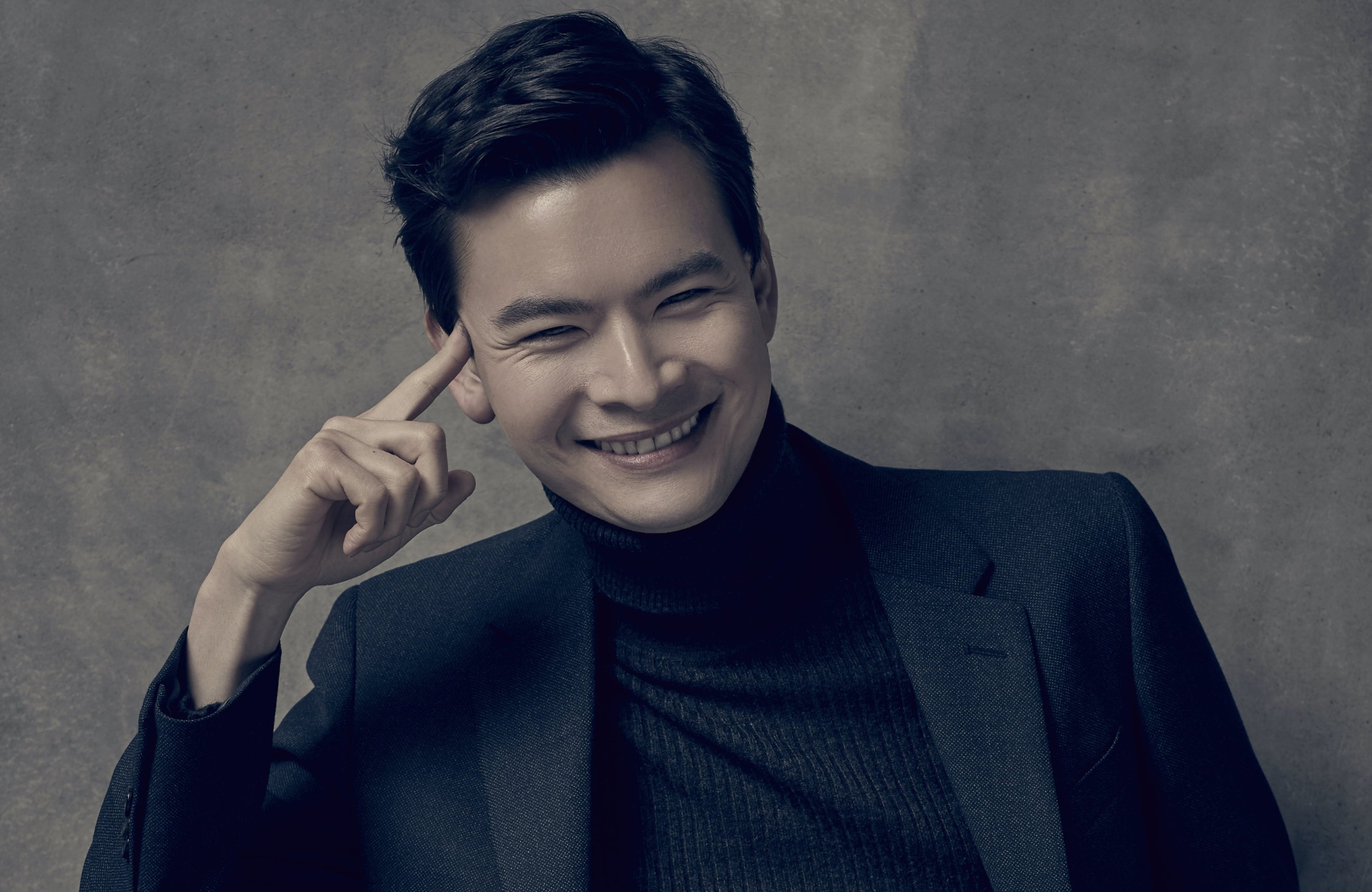Our final concert of the 2024-25 season marks the end of an era as we celebrate Lawrence Loh’s final performance as Music Director of The Syracuse Orchestra. Do not miss the opportunity to share this moment, and to congratulate Larry on all that he has contributed to the Orchestra and to CNY as our inaugural artistic leader.
The concert will feature Sara Davis Buechner performing the Liszt Piano Concerto No. 1, which Liszt composed over the course of 26 years. The season concludes with one of Larry’s favorite composers – Gustav Mahler. The Syracuse Orchestra will perform Mahler’s monumental Symphony No. 1, often referred to as “The Titan.”
PROGRAM
LISZT: Piano Concerto No. 1 ![]()
MAHLER: Symphony No. 1 ![]()
Thanks to our generous sponsors!
LARRY’S LISTENING RECOMMENDATIONS
PROGRAM NOTES
The Symphony No. 1 by Gustav Mahler (1860-1911) has marked several important moments in Syracuse’s musical history. The most striking, perhaps, is the concert of May 8, 2011. A month earlier, the Syracuse Symphony had declared bankruptcy. But as most of you know, the players refused to abandon their devotion to orchestral music and their commitment to their audience. So with singular tenacity, they started their own co-op orchestra. And the very first concert by the new group (conducted by Heather Buchman under the temporary name “The Musicians of the Syracuse Symphony”) concluded with this ...
The Symphony No. 1 by Gustav Mahler (1860-1911) has marked several important moments in Syracuse’s musical history. The most striking, perhaps, is the concert of May 8, 2011. A month earlier, the Syracuse Symphony had declared bankruptcy. But as most of you know, the players refused to abandon their devotion to orchestral music and their commitment to their audience. So with singular tenacity, they started their own co-op orchestra. And the very first concert by the new group (conducted by Heather Buchman under the temporary name “The Musicians of the Syracuse Symphony”) concluded with this symphony.
But the Syracuse Orchestra (then known as Symphoria) has given another historically notable performance, too. On May 13, 2017, it was performed in memory of violist and orchestra librarian Kit Dodd, whose hard work, optimism, and indefatigable commitment helped keep the orchestra alive in those early years. (Looking further back, the First also crowned the opening of the twenty-fifth anniversary season of our predecessor, the Syracuse Symphony, under Kazuyoshi Akiyama.) With that history, it’s appropriate that the Mahler First crowns conductor Larry Loh’s final concert as the orchestra’s first Music Director, a role he has held for a decade. Nurtured by his vision, his interpretive insight, and his orchestra-building skills, the organization has grown from an against-all-odds experiment into the solidly grounded community asset that it is today.
The Mahler First is widely known as “The Titan”—although against the composer’s wishes. The work was originally composed in 1888, but Mahler revised it several times, at one point adding the subtitle “Titan,” perhaps after a novel by the once-popular Jean Paul (1763-1825). He abandoned the nickname, but it stuck with audiences, not because of the literary link (the novel is rarely read these days), but because the symphony, in so many ways, matches our conception of the titanic. Except for Bruckner, no canonical composer had written a longer symphony by that time—and not even Bruckner had asked for an orchestra as large as Mahler’s First does in its final version. And the climaxes are truly titanic. The first movement, for instance, ends with a blast of energy rarely encountered in orchestral music up until that time. The high-intensity finale is more dramatic still, building from a cry of anguish (echoing the opening of the finale of the Beethoven Ninth) to one of the most stupendous conclusions in the repertoire. The sense of breathless excitement is heightened, as conductor Larry points out, by Mahler’s use of luftpausen (breath-marks), where “everything stops for a second and you’re just waiting for the resolution. And at the very end, the horns stand and play with their bells up—he actually asks the horns to drown out even the trumpets. How can you not have goosebumps?”
Yet while the nickname “Titan” is apt, it’s also misleading, for much of this symphony is striking in subtler ways. It took half a century for Mahler to catch on, but since then, his music has become so familiar that it’s hard to recapture its disorienting effect on its early listeners. Still, if you remember that this symphony was written just a few years after the Brahms Fourth, you’ll appreciate its revolutionary spirit. The very opening sound—a gentle sustained A in shimmering string harmonics stretching seven octaves—is astonishing, and sets us up for a work brimming with new kinds of orchestral color. The symphony is radical in its scope, too. Mahler once told Sibelius that “a symphony must be like the world. It must embrace everything.” And while he made that claim later in his life, the First already looks in that direction, calling up the sounds of nature, distant military fanfares, popular dance idioms, children’s songs, and even Mahler’s own earlier music.
The most innovative movement is the third. It was inspired by a popular satirical drawing, “The Hunter’s Funeral,” in which, to quote the composer, “the forest animals accompany the dead hunter’s coffin to the grave.” Beginning with a muted solo double bass intoning a minor-mode version of “Frère Jacques” (“Brüder Martin” in its German equivalent), with interjections of a funeral march, a klezmer band, and recollections of Mahler’s Songs of a Wayfarer, it offers a dreamscape unlike anything in any symphony before that time.
The Mahler First makes such a tremendous impact that it’s not easy to come up with a concert opener that fits with it. Should we look for something that matches Mahler’s expansiveness, a work that “embraces everything”? Or should we seek a vivid contrast, a work of tremendous concentration? We think we have struck on something by a composer who, in his life’s work, shows his allegiance to both of these aesthetic directions, although in different ways: Franz Liszt (1811–1886).
On the one hand, viewed as a totality, Franz Liszt’s life certainly “embraces everything” as much as that of any nineteenth-century musician does. He was, says tonight’s soloist Sara Davis Buechner, “one of the greatest geniuses of the nineteenth century, equal to Einstein, Shakespeare, Goethe.…” He certainly transformed concert performance: As “the signature pianist of his time,” he “stole” Paganini’s approach to solo performance and “elevated” it (“because Paganini wasn’t one-hundredth the composer that Liszt was”). More specifically, he “understood the theatricality of pianism and as a performer, he was really the first pianist to understand the visual aspects of piano recitals”—and his influence in this regard still resonates today. He was an important conductor as well (introducing a lot of important new music). Then, too, his prose was voluminous, especially his thousands of letters, which provide profound insights into the European art of the time. He was the most significant piano teacher of the century as well.
But most important, he produced a staggering catalog of compositions that “embraces everything.” He wrote music of extreme complexity, music appropriate for beginning players; music that looks ahead past the fall of tonality, music that looks back to medieval traditions; music with tremendous popular appeal, music written for the cognoscenti. Partly through his transcriptions, partly through his performances, he advocated for a vast number of other composers (without Liszt’s boosting, it’s hard to imagine that Schubert would have the status he has today). In his personal life, as Sara neatly puts it, Liszt combined “delight in the worldly and slavish fervor for the immortal”—so it’s fitting that we find, in his output, music of high-powered eroticism and music of unparalleled spiritual purity. Liszt has often been dismissed as a shallow showman—but largely by people who have not explored the range of his repertoire. He was much admired by Wagner, Debussy, and Bartók—as well as by Mahler. Indeed, some critics hear references to Liszt’s Dante Symphony in the finale of the Mahler First; and Liszt was featured on Mahler’s next-to-last concert, just two days before he died.
Yet for all the wide embrace of his life and work as a whole, many of his individual works are in and of themselves quite concentrated and single-minded. That’s certainly true of tonight’s selection, the Piano Concerto No. 1, which is single-minded in two ways: formally and emotionally.
In terms of form: it’s an extremely compact work, the shortest concerto in the standard nineteenth-century repertoire. That’s all the more astonishing, since it’s in four movements rather than the traditional three: a quick opener, a slow movement, a scherzo famous for its inclusion of a major triangle part, and a high-pressure finale. Liszt increases the sense of concentration by linking the movements together without a break—and by linking them thematically as well, as themes reappear from movement to movement, often transformed in radical ways (one of Liszt’s trademarked techniques that Mahler, among so many others, took on). Thus, as but one example, the soulful theme that begins the second movement morphs into a vehement march in the finale. Liszt’s output is enormous (the Searle catalog has over 750 items, with many entries representing collections of works rather than individual pieces). This has led some people to assume that his compositions must be slapdash. In fact, he was an inveterate and careful reviser, someone who often refined his music over long stretches of time. This concerto was begun in 1832, but the final version did not appear until 1855. No wonder it is so tightly organized.
Yet for all the attention Liszt paid to its formal aspects, it’s not an abstract piece. It’s an audience-rousing barnburner—and a fiendish one at that. For Sara, who first learned this work when she was thirteen and who performed it the year after with the Baltimore Symphony, “The orchestra sets the stage, and then Mephistopheles begins to play the piano. The devil comes out, and starts to spray around the magic powder, sending people to their deaths by the handfuls. It’s a brilliant construction that starts from the seven circles of hell, and it just keeps going.” By the end of the series of accelerations that wind up the piece, “the march of the demons and Satan, and all the rest, you really feel like you could be in Hell—and loving every minute of it.” And while Liszt is sometimes disdained as an orchestrator, for Sara, the orchestration is perfect: “What kind of orchestration would you expect from that? I don’t want to hear Chopin’s orchestration with that kind of a piece. I do want to hear the triangle and the snarling brass. He’s a great orchestrator who knows exactly what he’s doing.”
The Liszt is a challenge not only for the pianist. It’s also extremely tricky for the conductor in terms of coordination, balance, and shaping; and Sarah is especially glad to have Larry, widely admired as a superb accompanist, supporting her on the podium tonight. She’s also “very, very touched” to be part of this auspicious celebration—a concert I suspect we will all remember.
Peter J. Rabinowitz
Have any comments or questions? Please write to me at prabinowitz@SyracuseOrchestra.org
FEATURED ARTISTS

Noted for her musical command, cosmopolitan artistry, and visionary independence, Sara Davis Buechner is one of the most original concert pianists of our time. Lauded for her “intelligence, integrity and all-encompassing technical prowess” (New York Times), “thoughtful artistry in the full service of music” (Washington Post), and “astounding virtuosity” (...
Noted for her musical command, cosmopolitan artistry, and visionary independence, Sara Davis Buechner is one of the most original concert pianists of our time. Lauded for her “intelligence, integrity and all-encompassing technical prowess” (New York Times), “thoughtful artistry in the full service of music” (Washington Post), and “astounding virtuosity” (Philippine Star), Japan’s InTune magazine sums up: “Buechner has no superior.”
In her twenties Ms. Buechner earned a bouquet of top prizes at the world’s premiere international piano competitions — Queen Elisabeth (Brussels), Leeds, Mozart (Salzburg), Beethoven (Vienna), and Sydney. She was a Bronze Medalist of the 1986 Tschaikowsky Competition in Moscow and the Gold Medalist of the 1984 Gina Bachauer International Piano Competition.
Ms. Buechner has performed in every state and province of North America — as recitalist, chamber musician and soloist with top orchestras like the New York Philharmonic, San Francisco Symphony and Philadelphia Orchestra; and in venues such as Carnegie Hall, the Kennedy Center and the Hollywood Bowl. She has toured throughout Latin and South America and Europe; and she enjoys a special following in Asia, where she has been a featured soloist with the Sydney Symphony, New Zealand Philharmonic, New Japan Philharmonic and Shanghai Philharmonic, among many others.
She has commissioned and premiered important contemporary scores by composers such as Michael Brown, John Corigliano, Ray Green, Dick Hyman, Vitězslavá Kaprálová, Jared Miller, Joaquín Nin-Culmell, and Yukiko Nishimura. Ms. Buechner’s performance versatility extends to unique collaborations with film and dance (including tours with the Mark Morris Dance Group, and Japanese kabuki-mime-mask dancer Yayoi Hirano).
Ms. Buechner has released numerous acclaimed recordings of rare piano music by composers such as Rudolf Friml (“a revelation” — The New York Times), Dana Suesse, Joseph Lamb, Joaquín Turina, Miklós Rózsa, and Ferruccio Busoni (including the world première recording of the Bach-Busoni “Goldberg” Variations). Stereophile magazine selected her Gershwin CD as “Recording of the Month,” and her interpretation of Hollywood Piano Concertos won Germany’s coveted Deutsches Schauplatten Preis. Most recently her recorded traversal of the score to Carl Dreiser’s silent movie classic Master of the House (1925) may be heard on Criterion Collection DVD.
Sara Davis Buechner joined the faculty of Temple University’s Boyer College of Music and Dance in 2016, after previously teaching at the Manhattan School of Music, New York University and the University of British Columbia. She has presented masterclasses and workshops at major pedagogic venues worldwide, adjudicated important international piano competitions, and is also a contributing editor for Dover Publications International. In 2017 Ms. Buechner marked her 30th year as a dedicated Yamaha Artist.
As a proud transgender woman, Ms. Buechner also appears as a speaker and performer at important LGBTQ events, and has contributed interviews and articles about her own experience to numerous media outlets worldwide.
Sara is a dual American-Canadian citizen who makes her home in Philadelphia.

Described as bringing an “artisan storyteller’s sensitivity… shaping passages with clarity and power via beautifully sculpted dynamics… revealing orchestral character not seen or heard before” (Arts Knoxville) Lawrence Loh enjoys a dynamic career as a conductor of orchestras all over the world.
After an extensive two ...
Described as bringing an “artisan storyteller’s sensitivity… shaping passages with clarity and power via beautifully sculpted dynamics… revealing orchestral character not seen or heard before” (Arts Knoxville) Lawrence Loh enjoys a dynamic career as a conductor of orchestras all over the world.
After an extensive two year search, Lawrence Loh was recently named Music Director of the Waco Symphony Orchestra beginning in the Spring of 2024. Since 2015, he has served as Music Director of The Syracuse Orchestra (formerly called Symphoria), the successor to the Syracuse Symphony Orchestra. “The connection between the organization and its audience is one of the qualities that’s come to define Syracuse’s symphony as it wraps up its 10th season, a milestone that might have seemed impossible at the beginning,” (Syracuse.com) The Syracuse Orchestra and Lawrence Loh show that it is possible to create a “new, more sustainable artistic institution from the ground up.”
Appointed Assistant Conductor of the Pittsburgh Symphony in 2005, Mr Loh was quickly promoted to Associate and Resident Conductor within the first three years of working with the PSO. Always a favorite among Pittsburgh audiences, Loh returns frequently to his adopted city to conduct the PSO in a variety of concerts. Mr. Loh previously served as Music Director of the West Virginia Symphony Orchestra, Music Director of the Northeastern Pennsylvania Philharmonic, Artistic Director and Principal Conductor of the Syracuse Opera, Music Director of the Pittsburgh Youth Symphony Orchestra, Associate Conductor of the Dallas Symphony Orchestra, Associate Conductor of the Colorado Symphony Orchestra and Music Director of the Denver Young Artists Orchestra.
Mr. Loh’s recent guest conducting engagements include the San Francisco Symphony, Dallas Symphony, North Carolina Symphony, Baltimore Symphony, Sarasota Orchestra, Florida Orchestra, Pensacola Symphony, Atlanta Symphony, National Symphony, Detroit Symphony, San Diego Symphony, Seattle Symphony, National Symphony (D.C.), Utah Symphony, Rochester Philharmonic, Indianapolis Symphony, Calgary Philharmonic, Buffalo Philharmonic, Albany Symphony and the Cathedral Choral Society at the Washington National Cathedral. His summer appearances include the festivals of Grant Park, Boston University Tanglewood Institute, Tanglewood with the Boston Pops, Chautauqua, Sun Valley, Shippensburg, Bravo Vail Valley, the Kinhaven Music School and the Performing Arts Institute (PA).
As a self-described “Star Wars geek” and film music enthusiast, Loh has conducted numerous sold-out John Williams and film music tribute concerts. Part of his appeal is his ability to serve as both host and conductor. “It is his enthusiasm for Williams’ music and the films for which it was written that is Loh’s great strength in this program. A fan’s enthusiasm drives his performances in broad strokes and details and fills his speaking to the audience with irresistible appeal. He used no cue cards. One felt he could speak at filibuster length on Williams’ music.” (Pittsburgh Tribune)
Mr Loh has assisted John Williams on multiple occasions and has worked with a wide range of pops artists from Chris Botti and Ann Hampton Callaway to Jason Alexander and Idina Menzel. As one of the most requested conductors for conducting Films in Concert, Loh has led Black Panther, Star Wars (Episodes 4-6), Jaws, Nightmare Before Christmas, Jurassic Park, Casablanca, The Wizard of Oz and Singin’ in the Rain, among other film productions.
Lawrence Loh received his Artist Diploma in Orchestral Conducting from Yale, his Masters in Choral Conducting from Indiana University and his Bachelor of Arts from the University of Rochester. Lawrence Loh was born in southern California of Korean parentage and raised in Carlisle, Pennsylvania. He and his wife Jennifer have a son, Charlie, and a daughter, Hilary. Follow him on instagram @conductorlarryloh or Facebook at @lawrencelohconductor or visit his website, www.lawrenceloh.com








